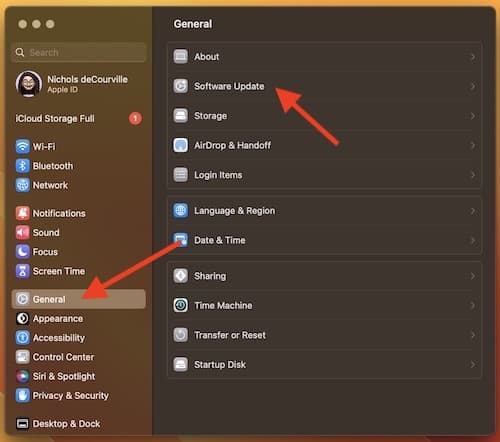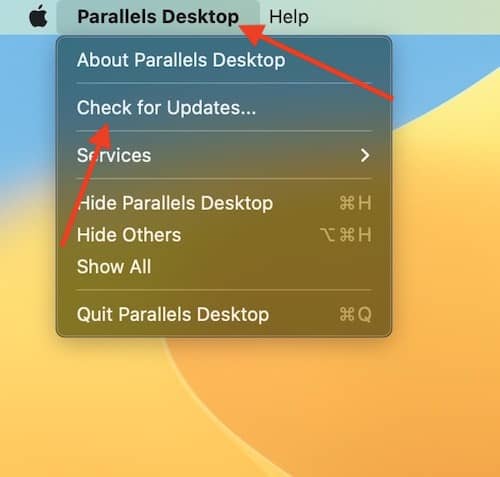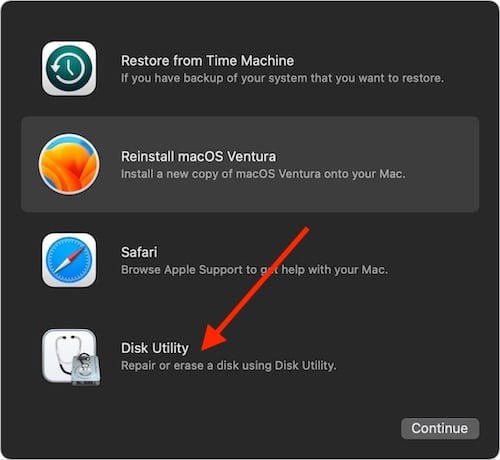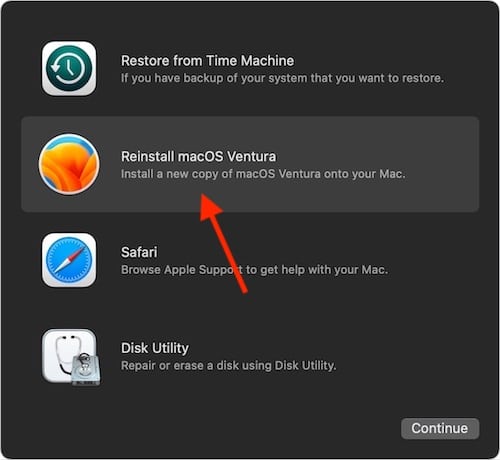This guide will show you what to do if Parallels Desktop won’t start on your Mac. Sometimes people just want it all, which is why some people prefer to use Parallels Desktop to run Windows on their macOS system. However, sometimes things don’t always work the way you want them to and the program may fail to launch.
Although this can happen due to various reasons, this guide will show users how to fix Parallels Desktop not starting on macOS. Whether the program starts normally and then crashes, or a user finds that the program tries to load but never does, this guide will show you some solutions to this problem.
Recent Articles
Common issues when Parallels Desktop won’t start on Mac
When trying to use Parallels Desktop, you may encounter some of these error messages frequently:
- Parallels Desktop cannot start because some of the required components are missing.
- The Parallels services cannot be started.
- Parallels Desktop fails to load.
Regarding these issues, there are various steps that users can take to solve these issues. In this guide, we’ll go through several different ways a user can fix Parallels not working as usual.
In order for Parallels to run properly, it needs a connection to the necessary services and access to the system kernel extensions. Without these two things, the program will not work.
Update macOS
One of the easiest fixes to this problem is to simply verify that you are running the latest version of macOS.
Follow these steps to ensure you’re running the latest version of macOS.
- Go to the Apple icon in the top left corner of the menu bar.
- Go to the system settings
- Go to General
- Click Software Update.

This will check if your system needs an update to the latest version of macOS.
Make sure Parallels Desktop is up to date
In addition to making sure you have the latest version of macOS, you should also make sure you’re using the latest version of Parallels.
To ensure you have the latest version of Parallels, do the following:
- Go to the Parallels Desktop option in the top left corner of the menu bar.
- Select Check for updates.

Disable your antivirus software
For those running antivirus software, this can also cause Parallels to not load properly. Because of the way antivirus software usually works, it can prevent users from running Parallels properly.
Try disabling your antivirus software to run Parallels. Also, if for some reason you don’t want to disable your antivirus, go to settings in your antivirus software and whitelist Parallels. Then simply restart your Mac and try again.
Check permissions if Parallels Desktop won’t start on your Mac
If none of these work for you, you can also try checking your permissions. Parallels needs permission and access to its folder to run properly. Also, if you try to run Parallels and still see the spinning wheel on your screen, there is most likely a permissions issue.
Ensure access to kernel extensions if Parallels Desktop won’t start on Mac
Users should also ensure that Parallels Desktop can properly access the kernel extensions on their device.
- Start terminal.
- Run this command in the terminal:
ls -Ol /private/var/db/ | grep 'restricted'
This will verify your folders. - If you can’t find the KernelExtensionManagement folder, put your computer into recovery mode by restarting your Mac and holding down the Command and R keys during the restart.
Once the Apple logo appears on the screen, release the buttons. (Note: If you’re running Apple Silicon, you’ll need to hold down the power button while turning it back on. Boot options will appear if you did this correctly.) - In recovery mode, start Disk Utility. Then go to Utilities from the menu bar and launch Terminal.

- Run this command in the terminal
chflags restricted "/Volumes/Macintosh HD/private/var/db/KernelExtensionManagement".
If you renamed your main drive, replace the words “MacintoshHD” with the name of your hard drive. - Reboot your computer and restart Parallels Desktop.
reinstall macOS
From here, your final option is to simply reinstall macOS.
- Reboot your device into recovery mode.
Either hold down the Command and R keys if you’re using an Intel-based Mac, or hold down the power button while booting your device if you’re using Apple Silicon. - Once you get to the Startup Options screen, choose Reinstall macOS.

- Follow the rest of the prompts as they appear on the screen.
Trying to run two different operating systems on one device can often get pretty messy. However, some users prefer or simply need to have the best of all worlds. For those having trouble with Parallels Desktop not launching on their Mac, following this guide should give users everything they need to get it working again.


